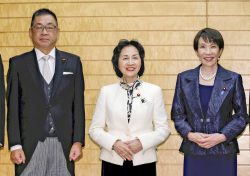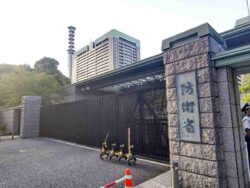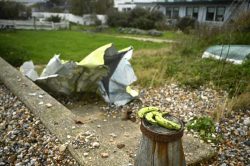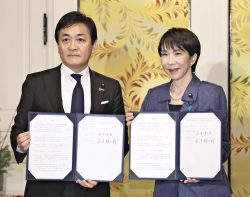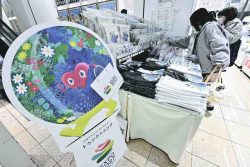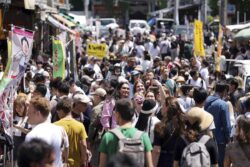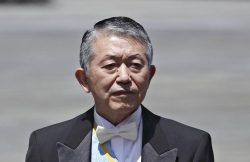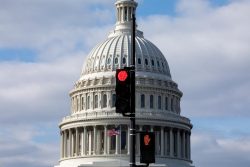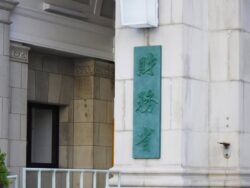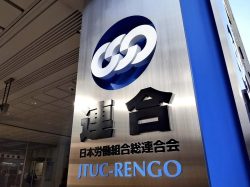‘High-Value Guests’ May be Key to Sustainable Tourism; Big Spenders More Easily Accommodated than Big Crowds
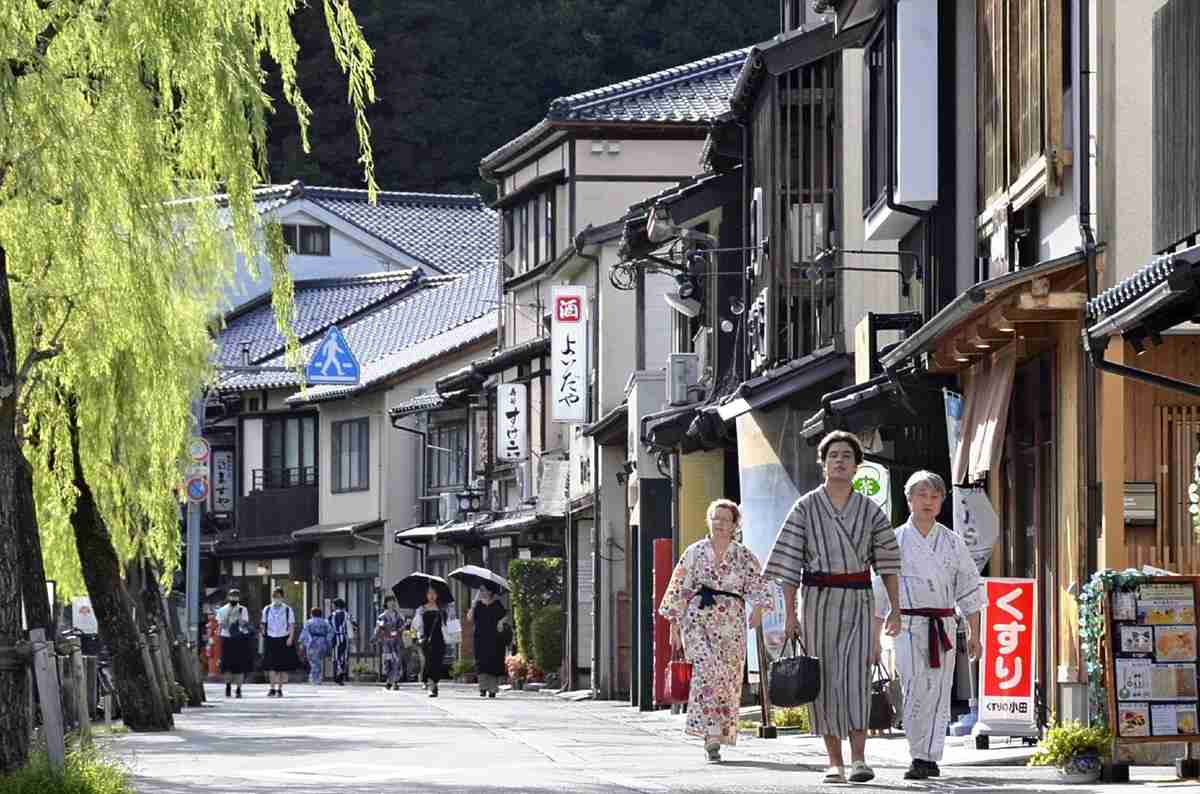
A hot spring resort in Toyooka, Hyogo Prefecture, is an example of a regional area that has attracted foreign visitors to spend money in Japan.
8:00 JST, March 29, 2025
The number of visitors to Japan in 2024 was 36.87 million, nearly 5 million more than the 31.88 million who visited in 2019. Spending by tourists also reached a record high of ¥8.1 trillion, up from ¥4.8 trillion in 2019. While the strong performance of the tourism sector is clear, issues that have existed since before the pandemic, such as over-tourism at popular destinations and sluggish growth in visitor numbers in regional areas, are becoming more acute.
How can these problems be resolved? One clue is the term “high-value guests,” which refers to travelers who spend more than ¥1 million per visit to Japan.
According to the Japan National Tourism Organization, 287,000 high-value guests from six countries (Australia, China, France, Germany, the United Kingdom and the United States) visited Japan in 2019, spending ¥552.3 billion. Although such high-value visitors account for fewer than 1% of all visitors to Japan, they also account for more than 10% of all visitor spending, which is a significant impact. By analyzing the destinations and purposes of high-value travelers’ trips, it may be possible to boost the amount of consumption further and identify measures to attract more visitors to regional areas.
Earlier this month, Prime Minister Shigeru Ishiba said that tourism was a fundamental industry for local regions, and an important factor for “Regional Revitalization 2.0,” in which young people and women could play an active role. He also referred to his hope that the public and private sectors would work together to strongly promote a tourism strategy.
He instructed the ministers concerned to compile a new plan to achieve the goal of increasing the number of foreign tourists to 60 million and their amount of consumption to ¥15 trillion by 2030.
Japan’s tourism strategy began in earnest in 2003 with the “Visit Japan Campaign,” in which the government declared Japan a “Tourism Nation” to stimulate the economy by encouraging foreigners to visit Japan and attract tour groups to tourist destinations. Visa requirements for foreign visitors to Japan have been relaxed. Through subsequent developments such as “bakugai” (explosive buying) and with the phenomenon of visits to popular “golden route” sightseeing spots, we are now in the “Inbound 4.0” phase, where consumer focus is shifting from products to experiences.
To reach 60 million visitors by 2030, the number of inbound tourists must increase by more than 9% annually. Japan’s working-age population has been declining since its peak in 1995, and the tourism industry, which reduced its workforce due to the pandemic, will find it difficult to bring back manpower for further expansion at an early date. There are also many issues regarding the acceptance system, as 70% of last year’s travelers stayed in the nation’s three major metropolitan areas.
Enhancing Japan’s unique tourism services, such as dining, lodging and cultural experiences, and boosting the satisfaction levels and spending of high-value travelers will be necessary to hasten the shift from big crowds to big spenders. Consumption behavior that does not depend on shopping may make inbound spending more resilient to a strong yen in the future.
It is also essential to create a mechanism to utilize tourism revenues to protect and nurture local tourism resources and revitalize local economies so that a wide range of people, including residents, can realize the benefits. Amid a wave of change, it is necessary to promote strong tourism that highlights “Japaneseness” by making the most of local places’ omotenashi hospitality.
Political Pulse appears every Saturday.
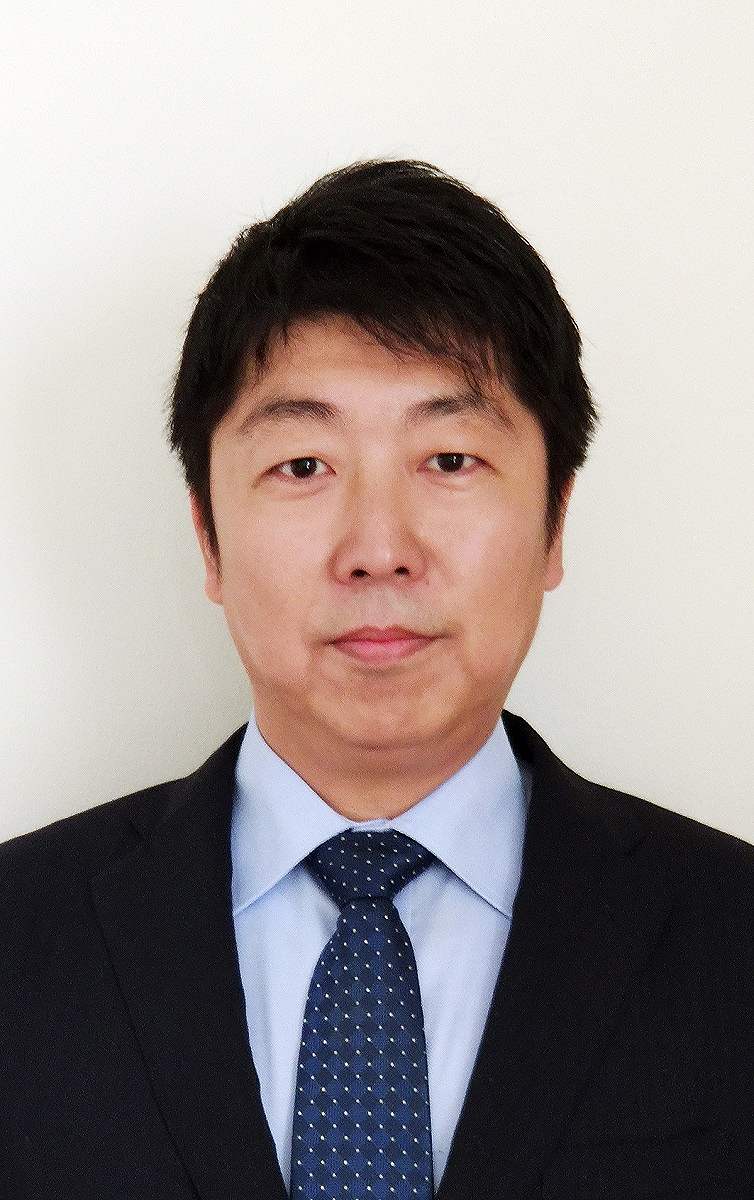
Shingo Sugime
Shingo Sugime is a deputy editor in the Economic News Department of The Yomiuri Shimbun Osaka.
"Editorial & Columns" POPULAR ARTICLE
-
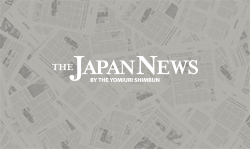
Violations of Subcontract Law: Major Automakers Must Eliminate Old Practices
-

Local Governments’ Tax Revenues: Devise Ways to Correct Imbalances in Tax Sources
-

Heavy Rains in Asia: Support for Victims, Flood-Control Measures Urgently Needed
-

5 Japanese Business Dinner Mistakes to Avoid — and What They Taught Me About Business in Japan
-

New Nuclear Threat: China Seeking to Follow U.S., Russia in Military Expansion
JN ACCESS RANKING
-

Keidanren Chairman Yoshinobu Tsutsui Visits Kashiwazaki-Kariwa Nuclear Power Plant; Inspects New Emergency Safety System
-
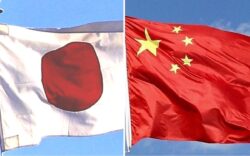
Imports of Rare Earths from China Facing Delays, May Be Caused by Deterioration of Japan-China Relations
-

University of Tokyo Professor Discusses Japanese Economic Security in Interview Ahead of Forum
-

Japan Pulls out of Vietnam Nuclear Project, Complicating Hanoi’s Power Plans
-
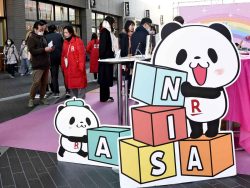
Govt Aims to Expand NISA Program Lineup, Abolish Age Restriction





